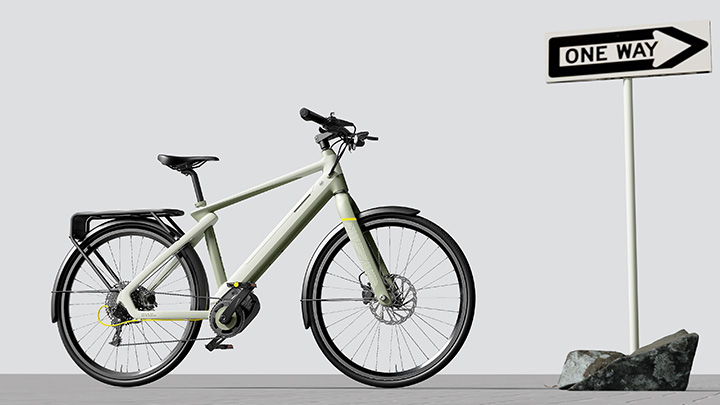How to Charge an Electric Bicycle: A Step-by-Step Guide
Electric bicycles (e-bikes) offer an eco-friendly, efficient, and convenient mode of transportation. One of the key aspects of owning an e-bike is understanding how to properly charge its battery to ensure optimal performance and longevity. This guide will walk you through the steps involved in charging an electric bicycle, along with tips for maintaining your battery.
1. Understand the E-Bike Battery System
- Battery Type: Most e-bikes use lithium-ion batteries due to their high energy density, lightweight, and long lifespan. Some older models might use lead-acid or nickel-metal hydride batteries, but lithium-ion is the most common.
- Battery Capacity: Measured in watt-hours (Wh), this indicates how much energy the battery can store. A higher capacity means a longer range, but it also requires more time to charge.
2. Charging Equipment
- Charger: Each e-bike comes with a specific charger designed for its battery type and voltage. Always use the manufacturer-provided charger to avoid damaging the battery.
- Charging Port: The battery will have a charging port, typically located on the battery itself or on the e-bike frame. This is where the charger plugs in.

3. Charging Process
- Step 1: Turn Off the E-Bike: Before charging, ensure the e-bike is turned off. This prevents any electrical interference during the charging process.
- Step 2: Locate the Charging Port: Find the charging port on your e-bike or battery. If the battery is removable, you can take it out and charge it separately, which is convenient for indoor charging.
- Step 3: Connect the Charger: Plug the charger into a standard electrical outlet, then connect the other end to the battery’s charging port. Ensure the connection is secure.
- Step 4: Monitor the Charging: Most e-bike chargers have an indicator light that shows the charging status. Typically, a red or orange light means the battery is charging, and a green light indicates that charging is complete.
- Step 5: Disconnect the Charger: Once the battery is fully charged, disconnect the charger from the battery and then from the electrical outlet. It’s advisable not to leave the battery connected to the charger for extended periods after it’s fully charged to prevent overcharging, which can reduce battery life.
4. Charging Time
- Charging time varies depending on the battery capacity and charger output. On average, a full charge can take anywhere from 3 to 6 hours. Some e-bikes come with fast chargers that can reduce charging time but may put more strain on the battery.
5. Battery Maintenance Tips
- Regular Charging: It’s best to keep the battery charged between 20% and 80% for optimal longevity. Avoid letting the battery completely discharge frequently, as this can reduce its lifespan.
- Store Properly: If not using your e-bike for an extended period, store the battery in a cool, dry place and keep it partially charged (around 50%).
- Avoid Extreme Temperatures: Exposure to extreme heat or cold can degrade battery performance. Always charge and store the battery within the temperature range recommended by the manufacturer.
- Use the Right Charger: Only use the charger provided by the manufacturer or a compatible one recommended for your specific battery model. Using an incompatible charger can damage the battery or pose a safety risk.
6. Safety Precautions
- Inspect the Charger and Battery: Before charging, check the charger and battery for any visible damage, such as frayed wires or cracks. Do not charge a damaged battery, as it could be unsafe.
- Ventilation: Charge the battery in a well-ventilated area to prevent overheating. Avoid charging in direct sunlight or in confined spaces with poor airflow.
- Avoid Water Exposure: Keep the battery and charger dry during charging. If your battery gets wet, dry it thoroughly before charging to prevent short circuits.
Conclusion
Charging an electric bicycle is a straightforward process, but it’s essential to follow proper procedures to ensure the safety and longevity of your battery. By using the correct charger, monitoring the charging process, and maintaining your battery with care, you can enjoy reliable performance and a longer lifespan from your e-bike’s power source. Regular attention to these details will keep your e-bike ready for the road whenever you need it.




